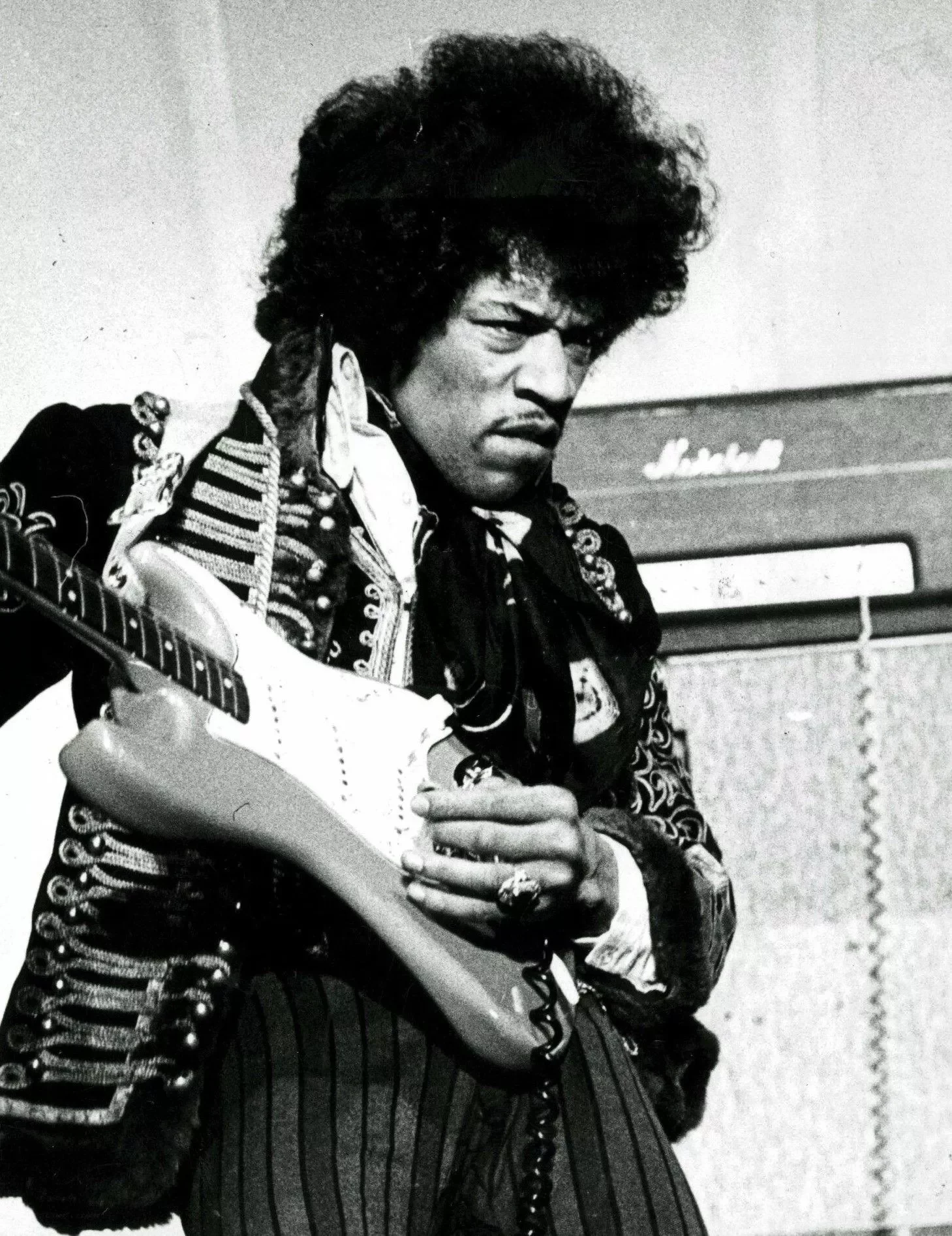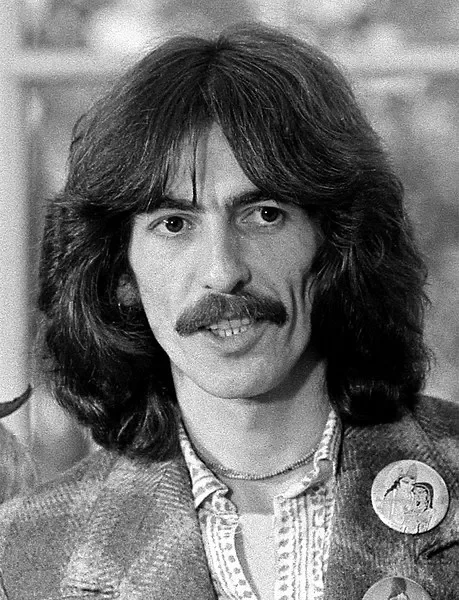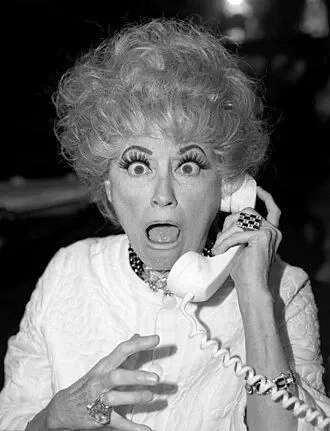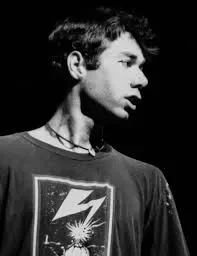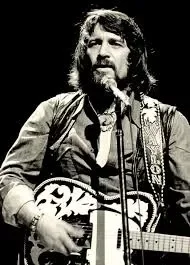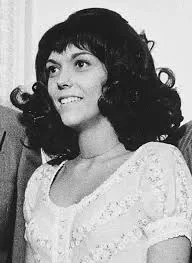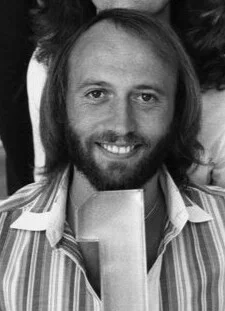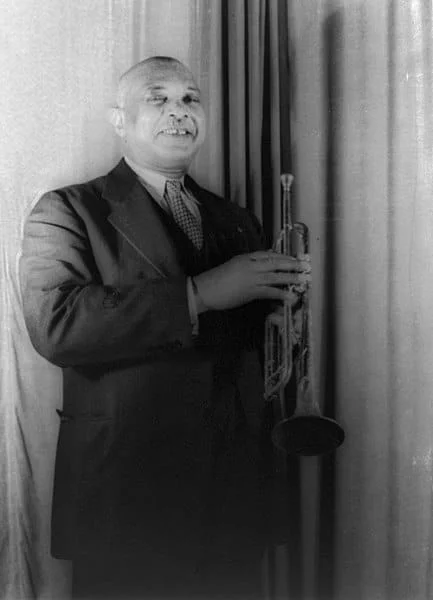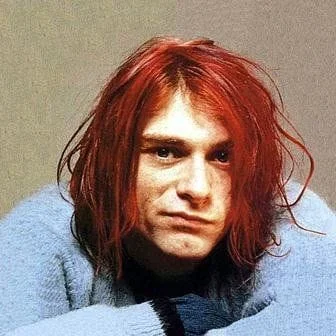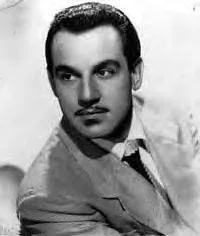Real Celebrities Never Die!
OR
Search For Past Celebrities Whose Birthday You Share

source: wikipedia.org
Benny Goodman
Birthday:
30 May, 1909
Date of Death:
13 Jun, 1986
Cause of death:
Heart attack
Nationality:
American
Famous As:
Musician
Age at the time of death:
77
Early Life and Musical Beginnings
Benny Goodman, the “King of Swing,” was an American bandleader and clarinetist who gained fame for his contribution to the popularity of swing music during the 1930s and 1940s. Born in Chicago in 1909 to impoverished Jewish immigrants from Russia. His father was a tailor who struggled often to make ends meet for the family. Goodman discovered his passion for the clarinet at the age of 10 and he started his music education at Kehelah Jacob Synagogue. He was a student of Franz Schoepp who was a member of the Chicago Symphony. Goodman displayed great talent despite his young age and he made his professional debut at the age of 12.
Pursuing a Career in Music
At the age of 14, Goodman made the bold decision to give up on his education and pursue his dream of becoming a musician. He joined the American Federation of Musicians and he started playing with local bands. Within a few years, he moved to Los Angeles where he joined Ben Pollack’s band.
Success and Rise to Fame
Benny Goodman released his first album “A Jazz Holiday” in 1928 and moved to New York City the following year where he played on the radio, in recording sessions, and in the orchestras of Broadway shows. During this time, he also got the chance to work with several jazz legends. He got his first taste of success on the charts in 1931 with “He’s Not Worth Your Tears” which also featured Scrappy Lambert on vocals.
Formation of His Own Band
In 1934, Benny Goodman established his own band and landed a coveted radio slot on NBC’s Let’s Dance program. Goodman also secured his first number one hit named “Moonglow” which showcased his rise as a musician and a bandleader. As a result, Goodman’s band experienced unprecedented success in the late 1930s, embarking on extensive tours across the United States and performing at renowned venues such as the Palomar Ballroom in Los Angeles.
Historic Carnegie Hall Performance
A significant milestone in Goodman’s career came on January 16, 1938, when his band made history with a groundbreaking performance at Carnegie Hall. This iconic event not only showcased the artistic brilliance of swing music but also served as a testament to its growing acceptance in society. He released one of his most famous songs “Sing, Sing, Sing (With a Swing)” that same year which was also inducted into the Grammy Hall of Fame.
Decline in the 1940s
Goodman’s career experienced a slight decline in the 1940s. He only had three top 10s in 1940 which included the number one hit “Darn That Dream”. He married Alice who was the daughter of Jazz promoter John Hammond in 1942 and the couple had two daughters – Rachel and Benjie.
Benny Goodman's Quote's
Impact of the Recording Ban and Continued Success
Due to the American Federation of Musicians’ recording ban in 1942, Goodman’s output was severely affected. However, he still managed to top the charts in 1943 with “Taking a Chance on Love” which featured Helen Forest on vocals. As the jazz scene evolved after the conclusion of the Second World War, Goodman disbanded his band and continued to perform with smaller groups over the years.
Later Years and Legacy
Benny Goodman remained active in music until his final days. He continued to perform and practice despite health issues. His last concert was just six days before his death. Goodman died on June 13, 1986, from a heart attack in his Manhattan apartment. He was 77 years old. His legacy as the “King of Swing” lives on. Goodman helped popularize jazz and broke racial barriers in music. He received many honors, including a Grammy Lifetime Achievement Award. His influence can still be heard in jazz clarinet playing today. Goodman’s music continues to inspire new generations of musicians and fans. He will always be remembered as one of the greatest figures in jazz history.
Name:
Benny Goodman
Popular Name:
Benny Goodman
Gender:
Male
Cause of Death:
Heart attack
Spouse:
Place of Birth:
Chicago, Illinois, U.S.
Place of Death:
New York City, U.S.
Occupation / Profession:
Personality Type
Logistician: Benny Goodman was known to make things happen behind the scenes. He was also loyal to people close to him.
Goodman became known as the "King of Swing" during the swing era.
He integrated his band by hiring African-American musicians like Lionel Hampton.
His band played at Carnegie Hall in 1938, a historic concert.
Goodman's most famous recording is "Sing, Sing, Sing" (1937).
He was inducted into the Down Beat Jazz Hall of Fame in 1957.
He was a member of the National Association of Broadcasters Hall of Fame.
Benny Goodman received the Grammy Lifetime Achievement Award.
